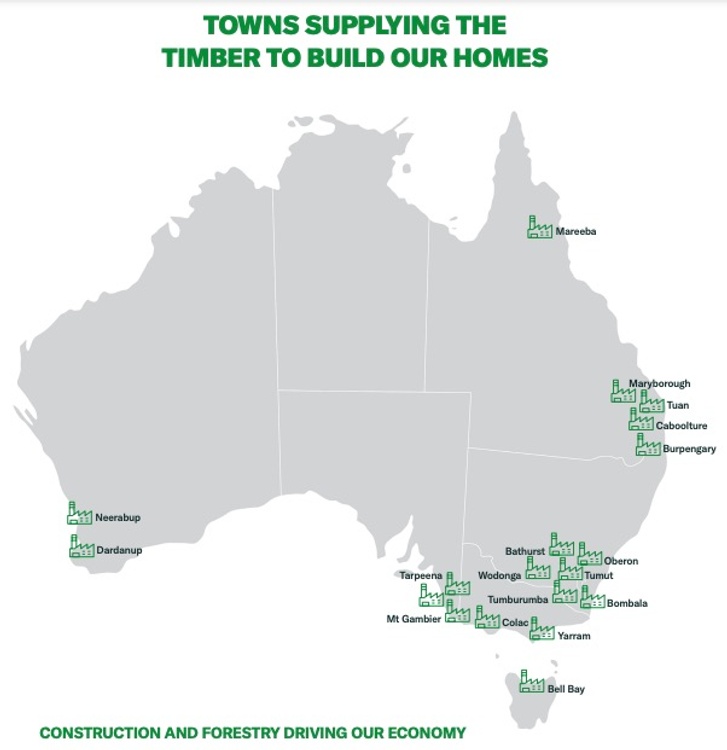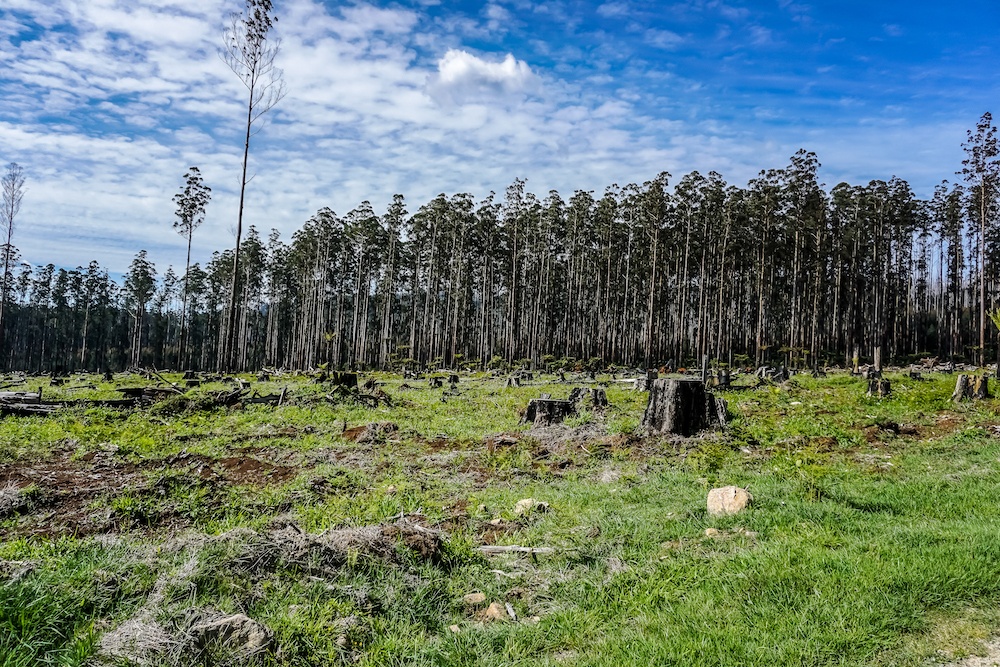A new report has outlined the challenges facing the Australian building industry, as timber shortages reach critical levels across the country.
Master Builders Australia and the Australian Forest Products Association have made recommendations to ease the shortages and incentivise new planting for the future. In response, the Federal Government has pledged to work with state and territory governments to develop an approach to incentivise growing the timber plantation estate.
Report Reveals Looming Timber Shortage
Master Builders Australia and the Australian Forest Products Association (AFPA) released a joint report detailing the future timber shortages that will be faced by the building industry if urgent action is not taken.
The report, titled ‘Australia’s Timber Framing Cliff’, revealed analysis of our current sovereign timber capacity compared with growing demand. Industry faces a cumulative shortage of timber equivalent to 250,000 timber housing frames by 2035. The nation’s sovereign timber plantation estate is unable to keep up with current levels of timber use.
“Australia's timber mills massively increased production to meet demand during the COVID induced building boom, producing more timber than ever before in 2020/21,” the report states. “Despite this, Australia is currently experiencing severe timber shortages as demand soars and timber imports dry up. This is only a glimpse of what the future holds if we don't plant more trees to increase timber supply.”

MBA and AFPA Suggest Measures to Ease Shortages
To address the timber shortage, the Master Builders Australia and the Australian Forest Products Association have made several recommendations to incentivise additional plantations and support the industry.
In the short term, they advise supporting sawmills which have extra processing capacity to transport logs from further afield, supporting projects to increase sawlog recovery, and for the industry to be included in the Federal Government’s $1.5 billion Modern Manufacturing Strategy.
In the longer term, they want to see 400,000 hectares of plantation timber by 2030. To achieve this, it would require an urgent strategy to establish new tree plantings, the removal of barriers to plantation projects, policy initiatives to expand plantations, and a prioritisation of a new Climate Solutions Fund methodology for avoided emissions from using timber products in construction.

Government Takes Unified Approach to Addressing Problem
The federal, state and territory forestry ministers met in late September and have addressed the new report. The federal government has expressed support for a collaborative approach, with state and territory forestry ministers working together to grow the forest estate and secure the future of the Australian forestry industry.
“I was pleased to bring together forestry ministers today from across the country and hear directly from industry representatives about the opportunities and challenges for the industry going forward,” said Assistant Minister for Forestry and Fisheries, Jonathon Duniam.
“Over the last three years the forestry industry has demonstrated its resilience, continuing to kick goals despite the Black Summer bushfires and interruptions to international trade. The Morrison Government has been able to provide support to industry in response to these challenges, including the loss of over 130,000 hectares of plantation forests during the bushfires.”
“Today’s discussion was about looking to the future and forming partnerships to work together to grow our forest industry. Discussions acknowledged the issues faced by industry in meeting establishment costs and the role that forestry could play in carbon abatement efforts, amongst other issues.”